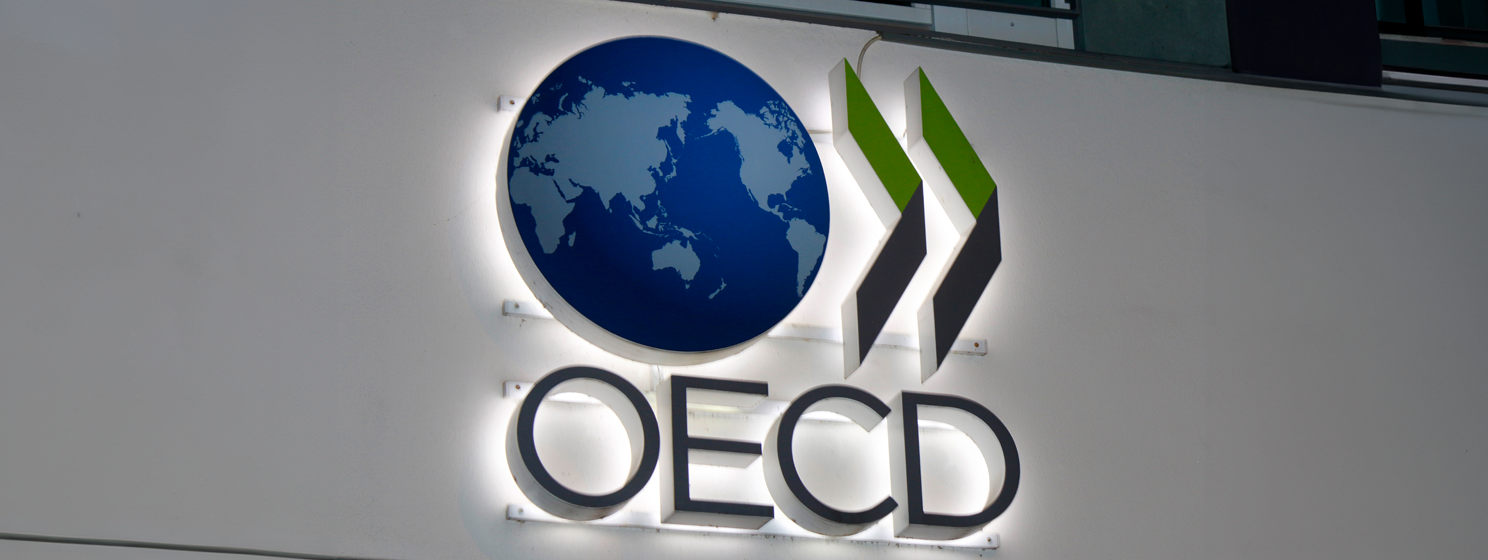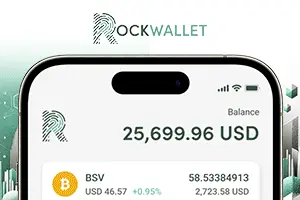|
Getting your Trinity Audio player ready...
|
Rumor has it that the world’s richest man is considering using blockchain technology to promote government efficiency and accountability.
According to a report by Bloomberg, Elon Musk, heading up the Department of Government Efficiency (DOGE), is weighing up how to use blockchain to find cost savings, manage and secure data, and create transparency around government spending.
While it isn’t known what blockchains Musk and his team are considering, they have met with representatives of various public blockchains to evaluate their technology. It’s also known that an unnamed individual traveled to Florida in November to brief officials from the Trump transition team on how blockchain could be used.
The idea is sound, even if it comes to nothing
It should be noted that DOGE may not use blockchain technology at all. However, the fact that Musk and his team know how it can be used for payments, transparency, and data management is encouraging.
For far too long, the utility of blockchain technology has been overlooked, and the focus has been on the price of coins and tokens attached to popular ledgers. Hundreds of millions of people worldwide have made and lost fortunes gambling on the price movements of blockchain-linked tokens and digital currencies.
Yet, finally, we are seeing signs that officials at the highest levels of the U.S. government are aware of blockchain’s powers. If they use it only to track and trace government spending, that will be a massive victory for technology and the wider industry.
The most efficient blockchain is the original one
People in the blockchain and digital currency industry acknowledge Satoshi Nakamoto was a once-in-a-century genius. Some have even nominated him for the Nobel Prize in economics.
Yet, many still believe they can create a better system than Bitcoin’s inventor. Assuming incorrectly that the broken blockchain called BTC is Satoshi’s original design, endless entrepreneurs, developers, and thinkers have devised alternative systems, hence the tens of thousands of blockchains and millions of tokens we see today.
However, BTC is a far cry from Satoshi’s original design. A decision to permanently cap the block size at 1MB and multiple major protocol changes, such as SegWit and Taproot, have divorced BTC from anything resembling the original Bitcoin. The closest thing to it today is the BSV blockchain, which was restored to test Satoshi’s design and ideas.
In recent testing of its Teranode upgrade, the BSV blockchain can process one million transactions per second. With the original opcodes restored and easy-to-use smart contracting languages like sCrypt making life easy for developers, the original blockchain is capable of many different transaction types, including payments, data transfers, and more.
This isn’t all just theory, either. Cuitting-edge apps like Sentinel Node show how scalable public blockchains can bolster any organization’s cybersecurity, including the U.S. government. Apps like Trace show how supply chain inefficiencies could be stamped out. BSV can even improve election integrity.
If Musk is serious about using blockchain tech to drive government efficiency, BSV is the best bet by far. The facts speak for themselves: it scales on-chain, the fees are minuscule at $0.000001 on average, and the applications mentioned above prove it can be used for all of the things DOGE is striving for and then some.
The original Bitcoin protocol is the ultimate tool for efficiency. Now that it’s ready for prime time, Musk and his team should at least test it out.
Watch: History of Bitcoin with Kurt Wuckert Jr.

 12-15-2025
12-15-2025 





